Do You Really Know the Difference Between HTML4 and HTML5?
When it comes to building websites, most of us have heard of HTML — the backbone of the web. But do you really know what sets HTML4 apart from HTML5? While both are markup languages, HTML5 came as a massive upgrade to its predecessor, solving long-standing problems and introducing powerful new features that developers love today. Let’s dive deeper and understand the real differences between HTML4 and HTML5 in detail.
1. Introduction to HTML4 and HTML5
HTML4, introduced in 1997, was widely used for over a decade. It provided the basic structure for websites but lacked advanced support for multimedia, semantic meaning, and mobile responsiveness. Developers often had to rely on external plugins like Flash for videos or use complex scripts for modern features.
HTML5, officially released in 2014, revolutionized web development. It introduced cleaner code, built-in support for multimedia (audio and video), semantic tags for better SEO, offline storage, and cross-platform compatibility, especially for mobile devices. It aimed to create a more powerful and user-friendly web experience.
2. Key Differences Between HTML4 and HTML5
2.1 Syntax and Doctype
- HTML4: The Doctype was long and complicated, e.g.,
<!DOCTYPE HTML PUBLIC "-//W3C//DTD HTML 4.01 Transitional//EN"> - HTML5: Much simpler and cleaner, just
<!DOCTYPE html>
2.2 Multimedia Support
- HTML4: No native support for audio and video. Developers used Flash or external plugins.
- HTML5: Introduced
<audio>and<video>tags, making media integration seamless.
2.3 Semantic Tags
- HTML4: Relied heavily on
<div>and<span>, making code less meaningful for search engines. - HTML5: Introduced semantic tags like
<header>,<article>,<section>,<footer>, which improve SEO and accessibility.
2.4 Forms and Input Types
- HTML4: Limited input types like text, password, checkbox, and radio.
- HTML5: Added advanced inputs like email, url, date, range, color, and more for better validation.
2.5 Mobile and Responsive Design
- HTML4: No built-in support for responsive design. Developers had to rely on CSS hacks and JavaScript.
- HTML5: Introduced the
<meta name="viewport">tag, improving mobile compatibility.
2.6 Graphics and Animations
- HTML4: Required Flash or third-party libraries for animations and graphics.
- HTML5: Added
<canvas>and<svg>for 2D/3D graphics, eliminating Flash dependency.
2.7 Storage
- HTML4: Relied on cookies for storing small amounts of data.
- HTML5: Introduced localStorage and sessionStorage, making offline web apps possible.
3. Comparison Table: HTML4 vs HTML5
| Feature | HTML4 | HTML5 |
|---|---|---|
| Doctype | Complex and long | Simple: <!DOCTYPE html> |
| Multimedia | No native support | Built-in audio & video tags |
| Semantics | Used only div and span | Semantic tags like header, footer, article |
| Forms | Basic input types | New inputs like email, date, range |
| Graphics | Relied on Flash | Canvas and SVG support |
| Storage | Cookies only | LocalStorage & SessionStorage |
4. Why HTML5 Matters Today
HTML5 isn’t just an upgrade — it’s the future of the web. It allows developers to build faster, more interactive, and mobile-friendly websites without depending on heavy external tools. From streaming videos on YouTube to running web apps offline, HTML5 powers much of what we use daily on the internet.
5. Conclusion
The jump from HTML4 to HTML5 is like moving from a simple typewriter to a modern laptop. HTML5 brought speed, simplicity, and functionality that changed the way we experience the web. If you’re still using HTML4, it’s high time to embrace the future with HTML5!
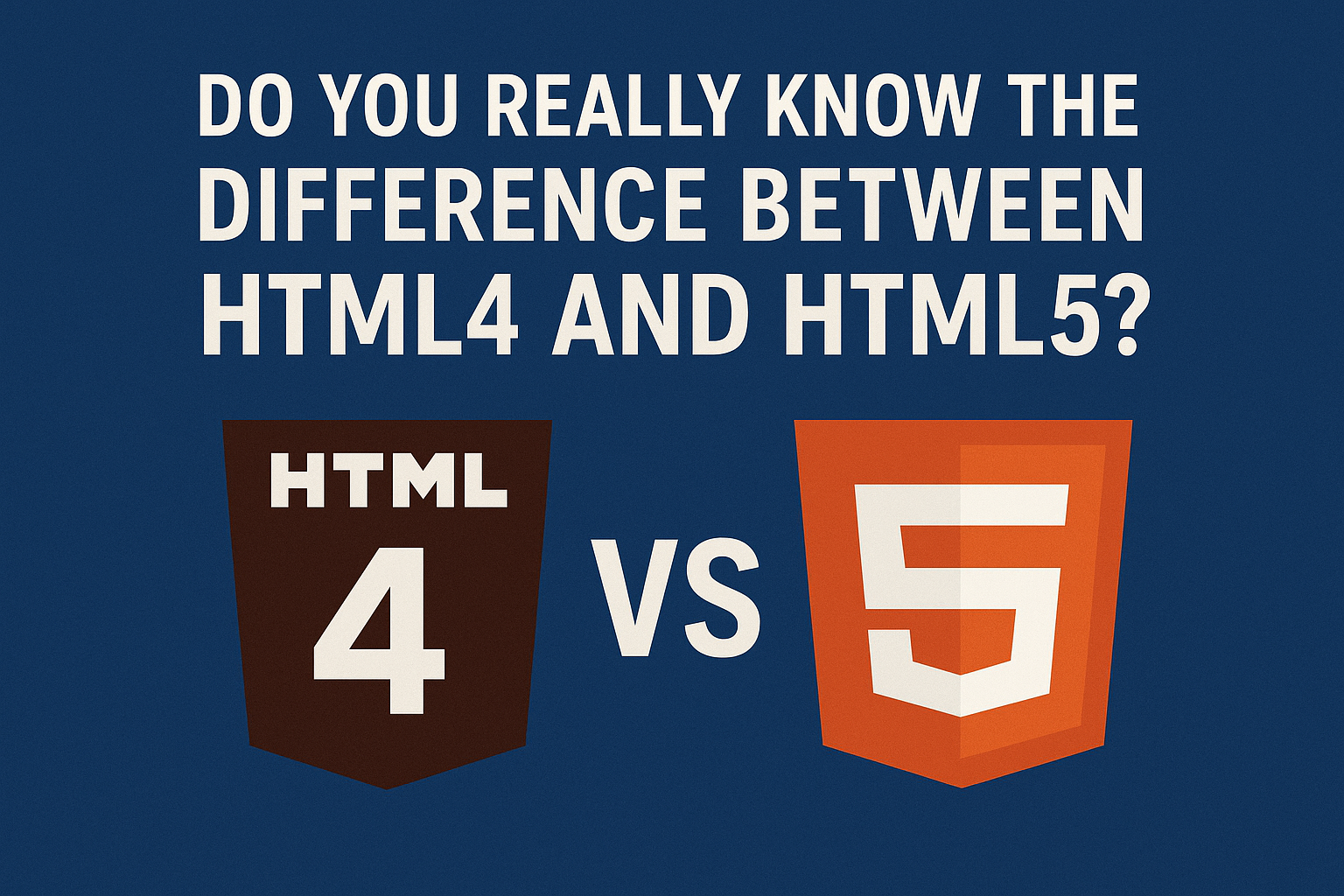

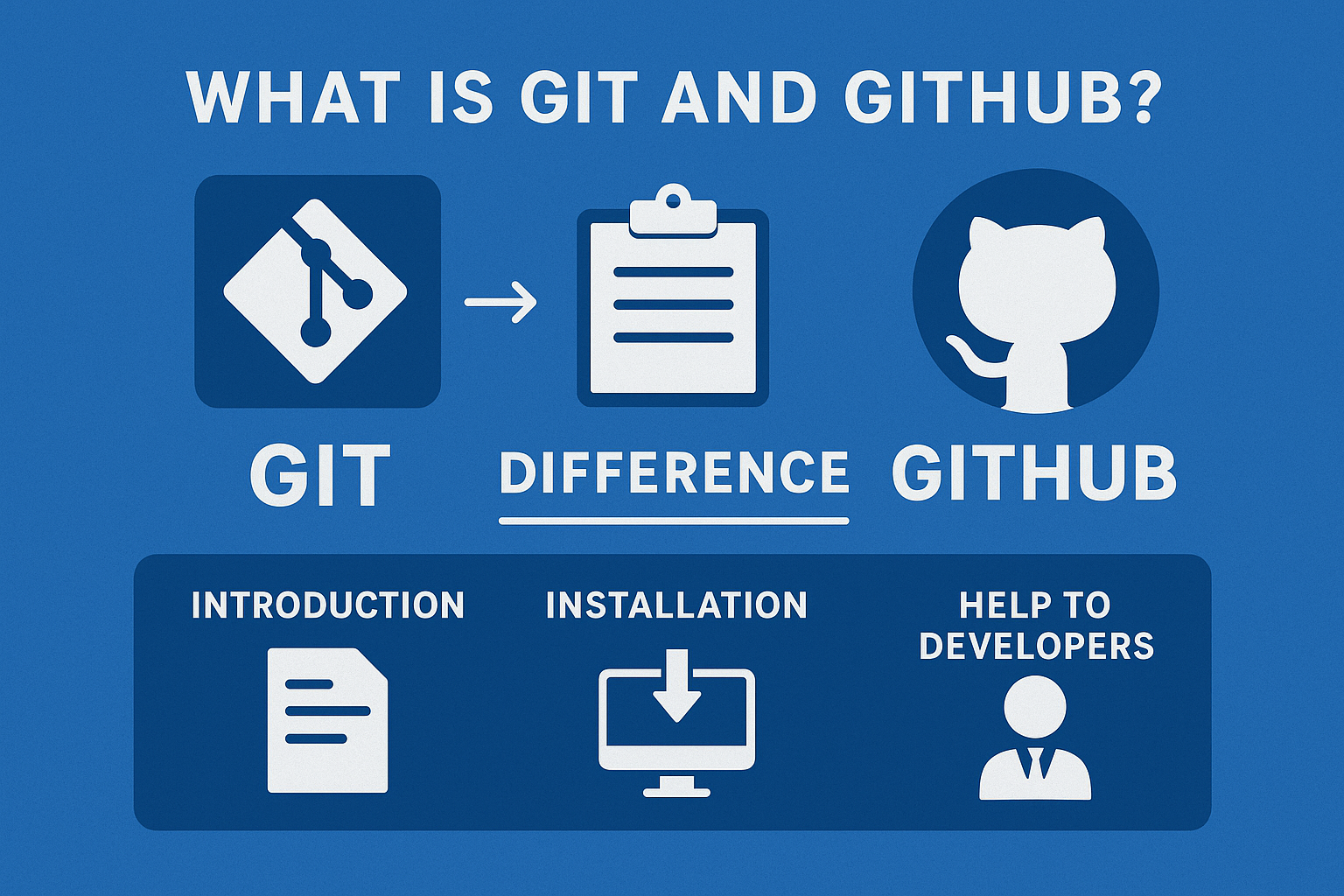
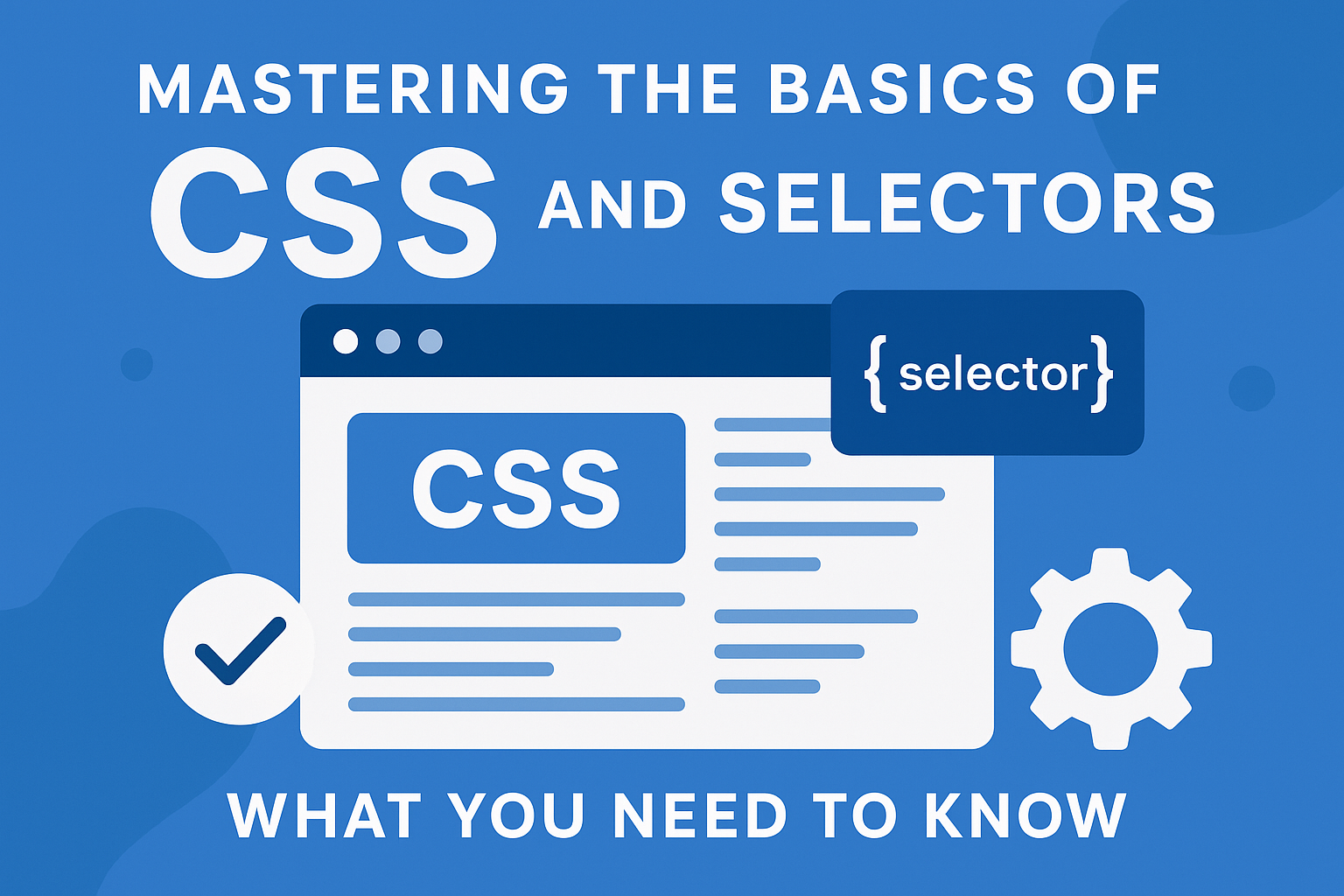
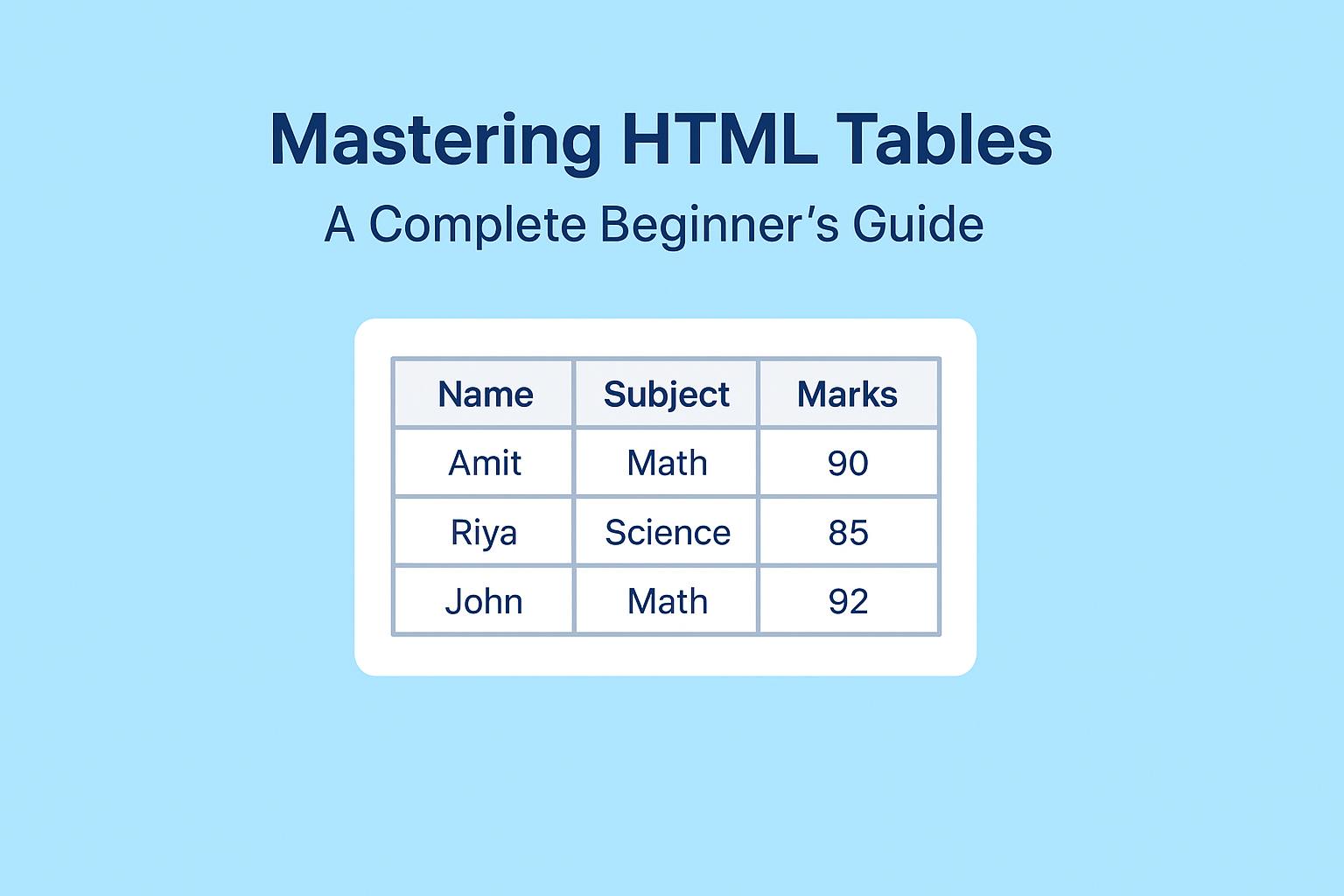

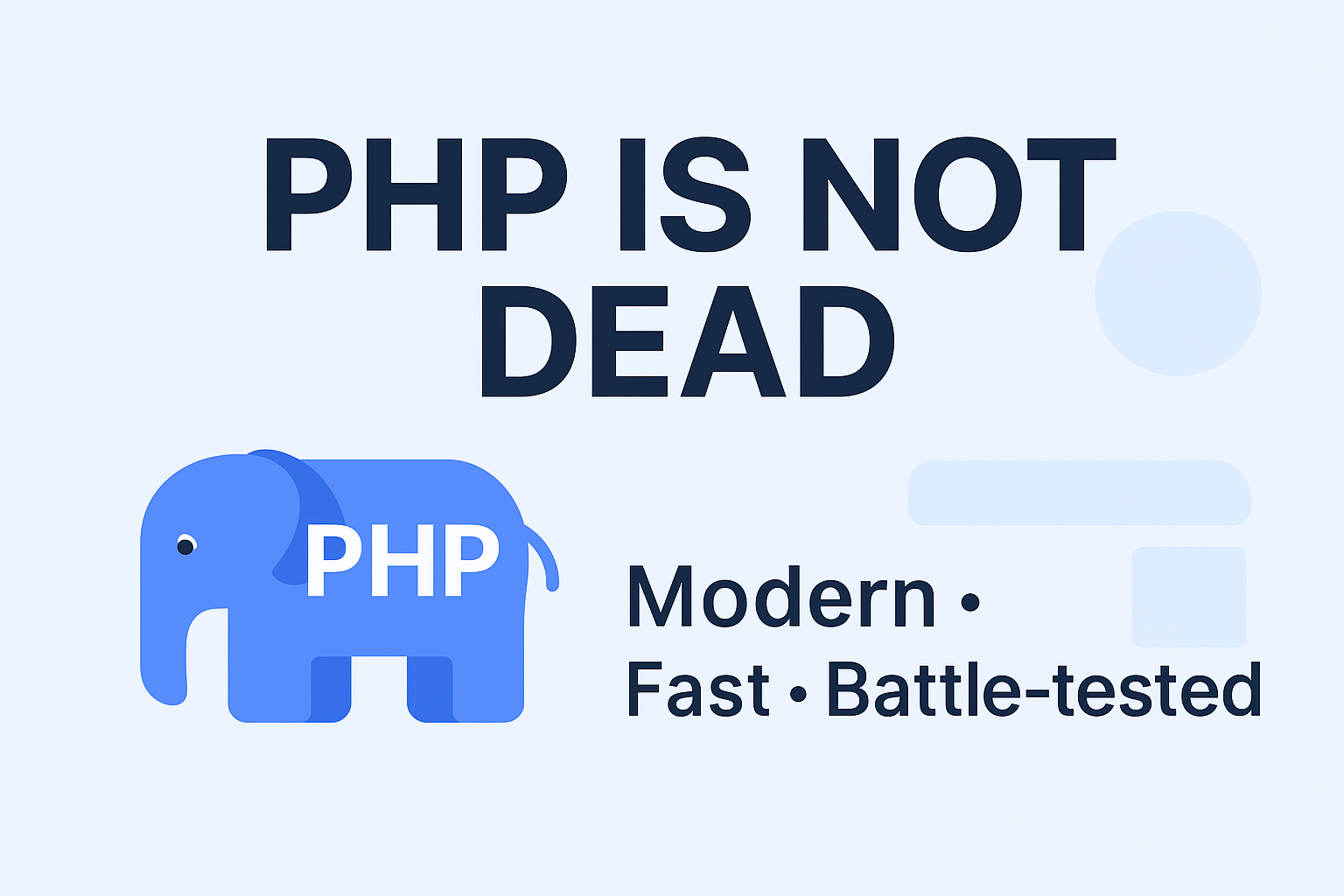

Discussion (0)
Leave a comment